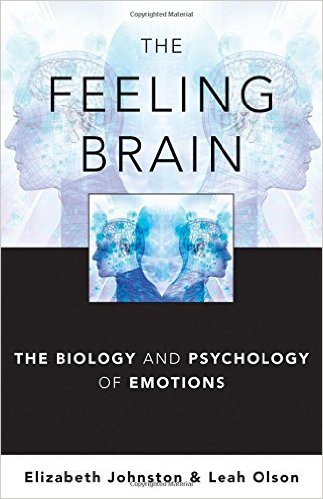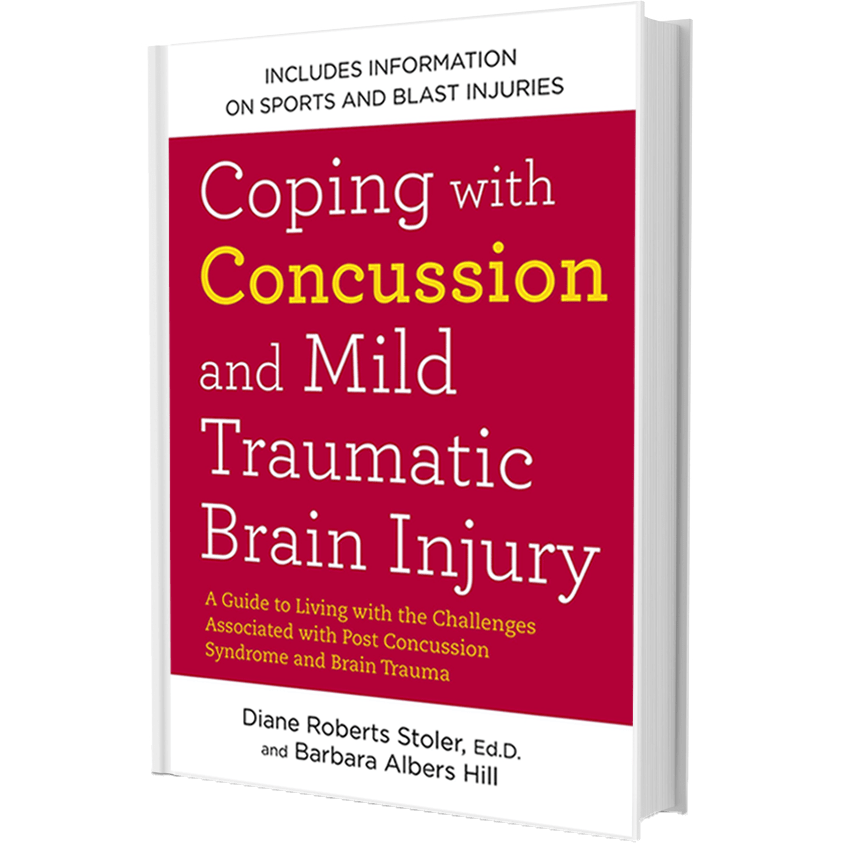Inside Out / Feeling Brain
“The Feeling Brain” – Like “Inside Out” for Doctors and Therapists
 Norton publishing just sent me a new book to review, seeking my perspective as a neuropsychologist and trauma therapist with over thirty-eight years of experience. The book is The Feeling Brain: The Biology and Psychology of Emotions by Elizabeth Johnston and Leah Olson.
Norton publishing just sent me a new book to review, seeking my perspective as a neuropsychologist and trauma therapist with over thirty-eight years of experience. The book is The Feeling Brain: The Biology and Psychology of Emotions by Elizabeth Johnston and Leah Olson.
The Feeling Brain is an extremely well researched, in-depth yet concise book for neuroscientists, neuropsychologists, and psychologists who want to know more about the neuroanatomy of emotions. It would also be of interest to any individuals looking for detailed information on the dynamics and understanding of emotions, cognition, and neural integration.
Neuroanatomy – The Feeling Brain
I wrote a prior review of Sebern Fisher’s book, Neurofeedback in the Treatment of Developmental Trauma: Calming the Fear-Driven Brain. Sebern Fisher’s book gives an overview of neuroanatomy and brain function, as does my book, Coping with Concussion and Mild Traumatic Brain Injury. In Sebern Fisher’s book, the focus relates to developmental trauma and treatment, while my book gives a more general overview of the functioning of the brain including neural hubs, neurotransmitters and neuromodulators. But The Feeling Brain goes into great detail about the history of emotions and their neuroanatomy in relationship to your thoughts, memory and the body/brain interaction. When someone asks you, “How do you feel?” your reflection of yourself in relationship to that question is very complex. This reflection of self is at once grounded in the body, emotional, and aware of your feelings. Our very sense of self is a product of the integration of a network of connected emotions and a neural mapping of information.
Anxiety – The Feeling Brain
Often when a person says, “I’m anxious,” the feeling of anxiety itself is the perceived cause.
I discuss the fact that anxiety is actually a reactive symptom, not the cause. Within the body, anxiety is located in the limbic system. This area of the brain, specifically the amygdala, acts as a sensor that, when triggered, sends messages to our adrenal glands, giving us the adrenaline to fight or flee. In The Feeling Brain, there is a section that does an outstanding job of explaining the difference between fear and anxiety, stating: “Fear is a response to a specific stimulus and recedes quickly once that stimulus is no longer present. Anxiety does not require a triggering stimulus; it’s the anticipation of a threat that is feared, and so anxiety can result in becoming chronically vigilant for potential threats.” Both Sebern Fisher’s book and The Feeling Brain explain that if you are not soothed as a child, whether by being comforted by someone in your environment or by eventually learning to soothe yourself, memories and emotions can become embedded and relived later, which is often the case with Post-Traumatic Stress Disorder (PTSD).
The Feeling Brain – “Inside Out” for Therapists and Doctors?
Unless you are trained in neuroanatomy or have lived with chronic fear or chronic anxiety, trying to understand these concepts can be difficult and overwhelming. (This is where an expert trauma therapist can be exceedingly effective when indicated.) To help you understand how and why you feel the way you do, Disney just released an awesome movie that addresses the concept of emotions and feelings within the brain in a fun and informative way: Inside Out.
Before publishing a blog on a book review, I like to discuss the way I intend to present the book with the author(s). When I discussed The Feeling Brain book review with coauthor Dr. Elizabeth Johnston, and told her that I planned to parallel her book with the movie Inside Out, she was thrilled. She agreed that the movie Inside Out translates into lay terms what her book The Feeling Brain presents in much more technical detail.
Inside Out creates individual characters out of various feelings, such as Joy, Disgust, Anger and Sadness. These characters work together in a sort of control room in main character’s brain. This concept is not merely fanciful. Below are images from fMRI studies that use statistical techniques to identify unique neural signatures for emotions, such as sadness, fear anger, and joy that are distributed across wide-ranging brain networks:

Red hues indicate areas of increased activity; purple hues indicate regions of decreased activity. (from the book, The Secret Life of the Brain by Richard Restak, M.D.)
In Inside Out, the characters portraying the feelings work separately and together to create the emotions the main character feels every hour of the day and night. In The Feeling Brain, the authors precisely detail the way in which your five senses (sight, sound, smell, touch and taste) along with your intuitive sixth sense, work together to allow each of us to experience our feelings. The movie Inside Out clearly portrays how important this type of emotional integration is. If this integration doesn’t happen because of genetics, chemical imbalance, brain injury, developmental trauma, or other types of trauma, various symptoms can occur, including depression, anxiety, insomnia, aggression and rage. The Feeling Brain goes into detail on the subject of how and why these feelings and resulting memories occur.
The Feeling Brain delves into an understanding of moods, and deals with the way in which our genetics and environment affect the integration of our feelings. This can be seen in our changing daily moods, and in the way in which our memories of the past are reflected through our present. Inside Out portrays this beautifully when the little girl, Riley, recalls her past living in Minnesota. Dr. Johnston and I talked about how well the film depicted anger and how effectively it showed the importance of integrating emotions, reflecting all aspects of our sense of ourselves in time. For those of you that want a more in-depth look at this concept, there is a great diagram of emotional regulation in The Feeling Brain on page 278 (Figure 11.1).

Process model of emotional regualtion showing families of strategies taken from the book The Feeling Brain
For the average person wanting to know how and why your emotions work to frame how you think and behave on a daily basis, I would highly recommend seeing the movie Inside Out.
If you want an in-depth, scientific explanation, read The Feeling Brain.
If you’re a neuroscientist, neuropsychologist, trauma therapist, or cognitive scientist the informative read, The Feeling Brain: The Biology and Psychology of Emotions ought to be on your bookshelf. And Inside Out will give you additional insight from a totally different perspective.
For more on Inside Out, NPR recently did a great interview with the writer/director, Peter Docter:
And on July 3rd the New York Times did an in-depth review.
There is a Way!™
– Dr. Diane®
Copyright © Diane Roberts Stoler, Ed.D. July 2015



